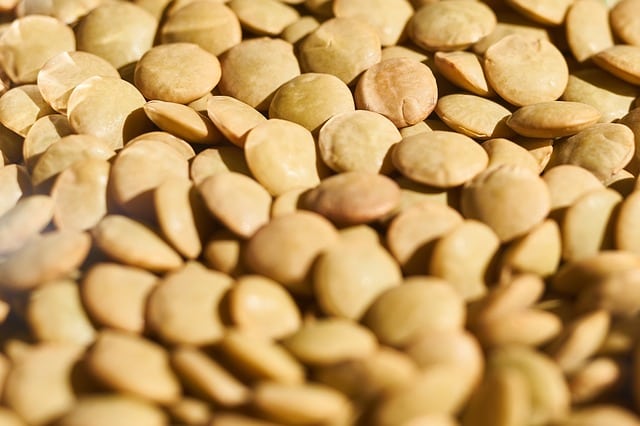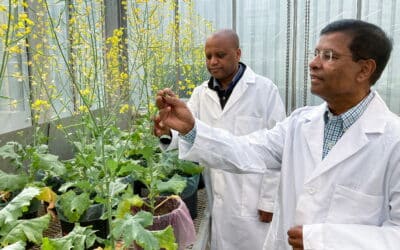Lentils are a nutritional powerhouse and an important source of protein, carbohydrate and fiber that help in the fight against malnutrition.
“Lentils and other pulse crops are non-GMO, and the perceived health benefits have increased the market for both types of crops,” said Nonoy Bandillo, an assistant professor and pulse breeder at North Dakota State University. “Lentils are becoming hot now because of human nutrition; they are relevant sources of important nutrients, protein, carbohydrates, micronutrients, vitamins and fiber. As part of demographic growth and urbanization, consumer behavior changes and they prefer healthier foods.”
Despite their dietary benefits, these versatile legumes are not all created equal. Lentil genetics and environmental factors play a major part in the quality and yield. In fact, like all crops, the same lentil variety can result in different yields and nutritional profiles if grown in contrasting environments, shared a news release from the Soil Science Society of America (SSSA).
A new study in Crop Science worked to determine how genetic and environmental factors impact lentil crops in various parts of Montana. Ultimately, understanding these factors will help maximize yields for farmers.
“Understanding how the environment and genetics affect lentil crops is key,” stated Chengci Chen, lead author of the study and researcher at the Eastern Agricultural Research Center at Montana State University. “It allows growers to select lentil varieties that can adapt to different environments and produce high yielding and high-quality crops.”
The study utilized five study sites across Montana, each with different soil and weather conditions. Four varieties of lentils were evaluated at every test location. While the study was based in Montana, the results could be felt across the world, according to Chen.
With more than 60 per cent of global lentil exports originating in the northern Great Plains, “Our findings are significant for food and nutrition security across the world,” he explained.
Chen and his team proved that environmental factors had a significant impact on lentil yield and starch content. Lentil genetics played a greater part in protein concentration and various micro- and macro-nutrients, including phosphorus, potassium, magnesium, iron, sulfur and zinc. The study shows that lentil nutrition “can be biofortified by combining breeding efforts and judicious selection of varieties and farming locations,” according to the release.
The results supply lentil farmers with vital information. “Growers can select specific varieties of lentils to match conditions in different geographical regions,” said Chen. “This can help them produce lentil crops with high nutrient values.”
This knowledge is invaluable, as lentils are a major economic crop not only in the United States, but across the world. For example, in 2020, lentil exports reached US$179 million, according to the USDA.
Researchers uncovered the degree of influence genetics and the environment have on lentil yield, starch levels and protein, in addition to mineral contents and links. The study also proved lentil protein and starch concentration have an inverse correlation, meaning lentil varieties that contain high levels of starch tended to contain lower protein levels, and vice-versa, shared the release.
Chen is now working with breeders to create lentil varieties with higher yields and increased nutritional profiles.
Read More About Lentils:
USask Scientists Develop Model to Identify Bets Lentils for Climate Change Impacts
Why Lentil Boomed and Buckwheat Stayed the Same: Some Pedigreed Seed Trends, Explained
Serious Seed Protection for Cereals, Peas and Lentils- Lumivia CPL





